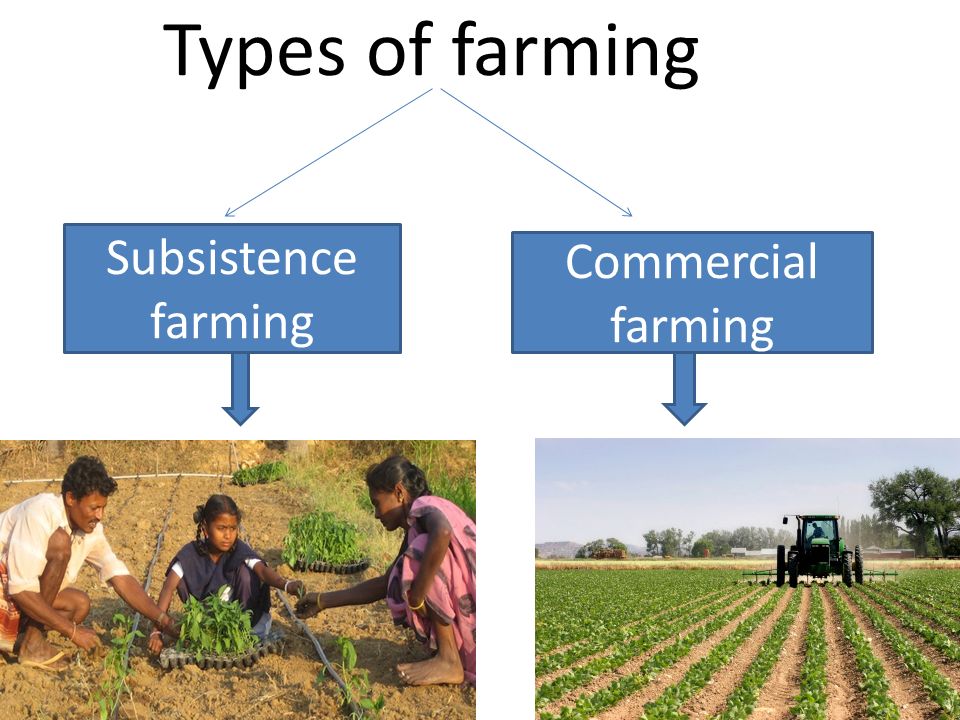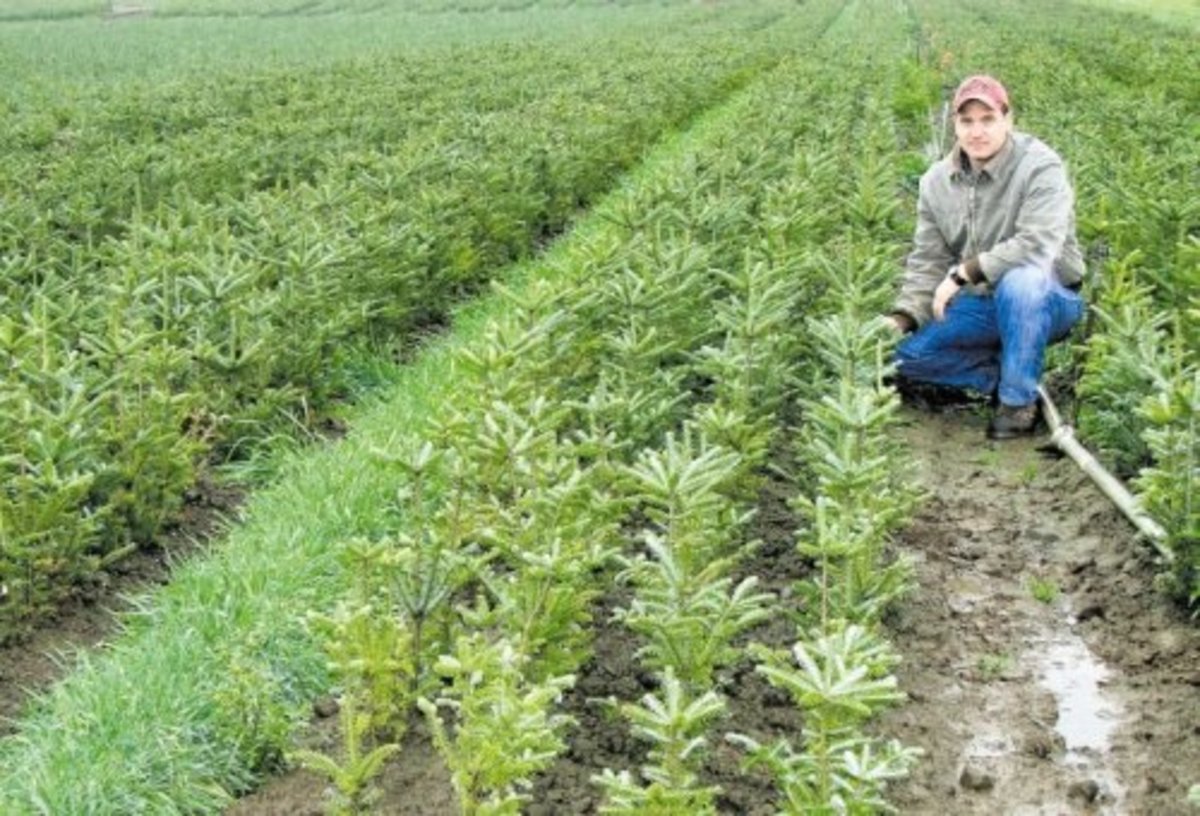Taking A Look At the Technological Advancements Changing Accuracy Farming Today
As the farming field faces the obstacles of feeding an expanding population and ensuring sustainability, technical innovations are improving the landscape of precision farming. The integration of drones for airborne information collection, the implementation of IoT gadgets for real-time tracking, and the application of AI-driven analytics are not just improving efficiency yet additionally transforming decision-making procedures. These innovative modern technologies assure improved performance and reduced environmental impact. The complete effect of these innovations on typical farming techniques and their lasting sustainability remains a topic ripe for expedition. What does this technological advancement really suggest for the future of agriculture?
Drones in Agriculture

Drones facilitate accurate monitoring of huge agricultural stretches, determining areas calling for attention, such as insect problems or nutrient deficiencies. This targeted approach enables the maximized application of plant foods, chemicals, and water, minimizing waste and environmental effect. In addition, drones significantly lower the moment and labor typically needed for field assessments, increasing performance and minimizing functional costs.
Beyond data collection, drones contribute in precision planting and plant splashing, making certain uniform circulation and lessening ground disturbance. The integration of drones right into farming exemplifies a shift towards data-driven farming practices, where technology not just augments standard approaches but also introduces innovative options for future difficulties. As the agricultural field deals with pressures from environment adjustment and populace growth, drones offer an appealing method for lasting concentration and resource preservation.
Satellite Imagery Advances
While drones have actually considerably enhanced accuracy farming with airborne data collection, satellite images remains to play a vital duty in expanding the scope and range of agricultural monitoring. Satellite modern technology provides vast protection, enabling farmers to gain access to important insights over substantial areas, which is not viable with drone innovation alone. This is especially advantageous for large-scale ranches that call for detailed, regular information.
Breakthroughs in satellite images have actually brought around significant improvements in resolution and frequency of data capture. This timely data is vital for making educated, real-time choices to maximize plant returns and resource use.
In addition, the assimilation of multispectral and hyperspectral imagery has actually enhanced the information high quality, allowing the exact identification of plant types, growth stages, and tension aspects. With maker knowing algorithms, farmers can interpret satellite information better, projecting crop performance and potential issues with unprecedented accuracy. These advancements are critical in improving lasting farming techniques globally.
IoT in Farming
The introduction of the Web of Points (IoT) in farming stands for a standard change in agricultural administration techniques, supplying unequaled connection and data-driven insights. As IoT gadgets multiply across farmland, they supply real-time tracking and control over different farming procedures. These clever gadgets, which consist of dirt sensing units, climate terminals, and livestock radar, collect and transmit data to central platforms, making it possible for farmers to maximize and make educated decisions source usage.
IoT innovation helps with accuracy farming by improving the precision of data accumulated from the field. Soil dampness sensors can identify variations in dampness levels, enabling for precise watering scheduling, which saves water and advertises healthier plant development. Environment sensors supply critical info on temperature level and humidity, helping in bug and disease administration with prompt treatments.
Moreover, IoT-enabled machinery, such as independent tractors and drones, further improve procedures by see this website automating labor-intensive jobs and reducing human error. These technologies not only raise performance yet additionally add to sustainability by reducing inputs like water, plant foods, and chemicals. As IoT proceeds to advance, its assimilation right into farming techniques will likely grow, driving performance and sustainability in the farming market.
AI-Driven Analytics
Structure upon the durable data collection abilities of IoT, man-made intelligence (AI) emerges as a powerful tool in transforming raw information right into actionable understandings for accuracy farming. AI-driven analytics leverages artificial intelligence formulas to examine vast datasets collected from satellites, sensing units, and drones. This enables farmers to make enlightened choices relating to crop management, soil health, and resource allotment. By identifying patterns and predicting end results, AI equips farmers to enhance their practices, bring about boosted yield and reduced waste.

In addition, AI-driven analytics support accuracy farming by providing tailored recommendations for growing timetables and watering management. These insights assist enhance water visit site use, straightening with sustainability goals. By providing real-time insights and critical advice, AI-driven analytics not just enhance operational effectiveness yet also contribute towards lasting farming techniques, protecting food supply chains for the future.
Robotics and Automation
In the realm of accuracy farming, robotics and automation are revolutionizing agricultural methods by supplying unprecedented performance and accuracy - commercial farming vs subsistence farming. These innovations are increasingly being incorporated right into different farming procedures, from growing and harvesting to tracking and maintenance. Automated systems, such as robot farmers and independent tractors, enable the optimization of labor-intensive tasks, minimizing human mistake and labor expenses. These makers are outfitted with gps and sensors modern technology, allowing them to operate with high precision and adapt to differing area conditions.
In addition, robot systems enhance plant surveillance and administration. Drones outfitted with imaging modern technology can evaluate huge locations swiftly, offering real-time data on crop health and dirt problems. This details is critical for making educated choices relating to parasite, irrigation, and fertilizing control, therefore enhancing yield and source efficiency. Additionally, robot weeders and planters boost the precision of these top article tasks, causing a lot more reliable use inputs.
The integration of robotics and automation in precision farming likewise resolves sustainability concerns (commercial farming vs subsistence farming). By enhancing inputs and taking full advantage of results, these modern technologies help reduce ecological impact. Robotics and automation not just change farming performance but also contribute considerably to lasting farming techniques.
Verdict
Technical advancements are essentially improving accuracy farming by integrating innovative tools like drones, satellite imagery, IoT tools, AI-driven analytics, and robotics. Robotics even more streamline procedures, leading to set you back decreases and improved performance, inevitably transforming traditional farming methodologies.
Revolutionizing the farming landscape, drones have actually emerged as a crucial tool in accuracy farming.IoT innovation facilitates accuracy farming by enhancing the precision of information accumulated from the area.Structure upon the robust information collection abilities of IoT, fabricated intelligence (AI) emerges as an effective tool in changing raw data right into actionable insights for accuracy farming.In the world of accuracy farming, robotics and automation are transforming agricultural techniques by supplying unprecedented performance and accuracy.Technological advancements are essentially improving accuracy farming by integrating advanced devices like drones, satellite images, IoT gadgets, AI-driven analytics, and robotics.